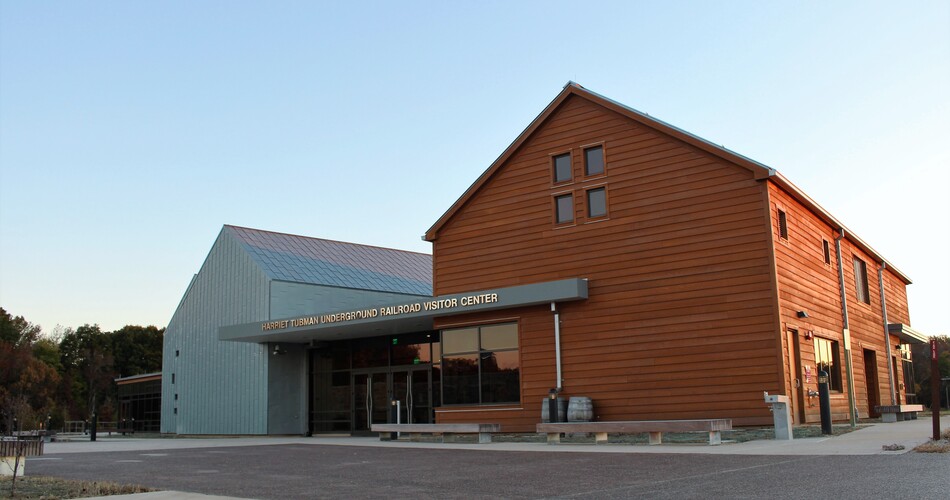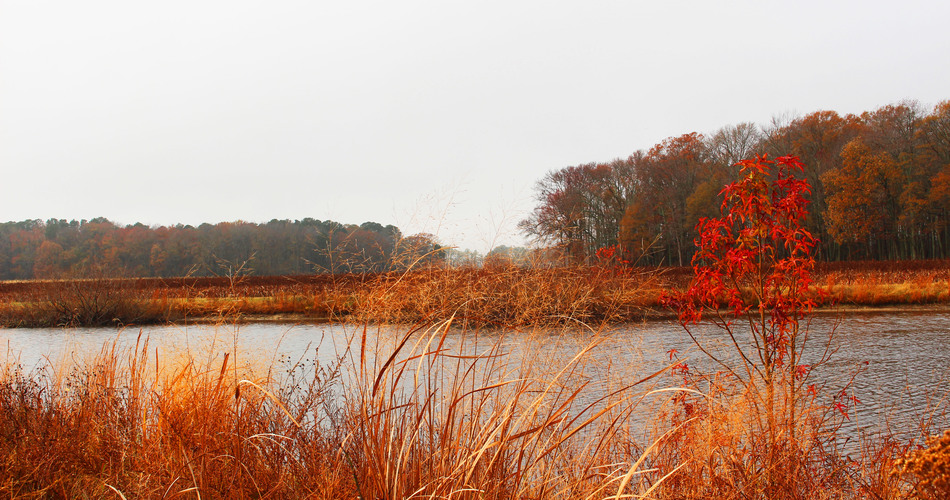Museums and other attractions tell the story of African American trials and triumphs
African American history and culture in Maryland date back to colonial days, and today the state offers a number of black history sites that will enhance any East Coast itinerary. Celebrated individuals born in Maryland include Harriet Tubman, Frederick Douglass and Thurgood Marshall.
The Harriet Tubman Underground Railroad National Scenic Byway, a 125-mile driving route, features important Tubman-related locations and landmarks.
It follows the path that Tubman, a renowned abolitionist and humanitarian, took to free herself from slavery and help others escape as part of the Underground Railroad network.
The byway begins in Cambridge, Maryland before it winds through various towns and landscapes, including Preston, Denton, and Church Creek, before ending in the city of Easton. Along the way, visitors can explore significant sites related to Tubman’s life and the Underground Railroad.
Among them are Brodess Farm in Bucktown, where Tubman was born into slavery, and Harriet Tubman Underground Railroad State Park and Visitor Center in Church Creek, about 20 minutes from Cambridge. Engaging multimedia exhibits in the visitor center spotlight her life and work as a humanitarian. The park also includes a meditation garden, walking trails and a pavilion that can be rented out for events. The byway runs from Maryland, up through Delaware and ends in Philadelphia.
It offers a unique opportunity to learn about Tubman’s extraordinary bravery and the struggles faced by enslaved individuals seeking freedom. It showcases landmarks such as the Harriet Tubman Underground Railroad Visitor Center, which provides exhibits, educational programs, and guided tours to help visitors understand the historical context and Tubman’s impact.
Excellent history museums and art galleries in Maryland
Baltimore’s Reginald F. Lewis Museum of Maryland African American History is the largest such museum in the state. Dedicated to preserving over 400 years of black history, it highlights the achievements African American Marylanders in politics, sports, education, the military, the arts and other fields.
Its permanent collection includes more than 12,000 artifacts, photographs, documents, and artworks, which are used to tell the stories of African Americans in Maryland from the colonial era to the present day.
At the Sandy Spring Slave Museum & African Art Gallery in Montgomery County, artifacts include a section of a boat that transported slaves to America. Special events during the year include Afro-Latino Caribbean Day, which celebrates the culture with music and food. For school groups, the museum offers tours that incorporate age-appropriate learning, hands-on activities and preparatory lesson plans.

Before becoming a landmark, Linchester Mill in Preston was in operation from the 1680s until 1979. Once the oldest operating business in the nation, it sold grain during the Revolutionary War to George Washington’s army.
Linchester Mill in Preston played an important role in the days of the Underground Railroad. Before becoming a landmark, the mill was in operation from the 1680s until 1979. Once the oldest operating business in the nation, it sold grain during the Revolutionary War to George Washington’s army. During slavery, freed and enslaved African Americans worked side-by-side in the mill, which allowed for information and tips for refuge to be passed along easily. The mill was located among a number of secret safe houses for enslaved people passing through on their journey to freedom.
The mill is a visually stunning structure. Its picturesque setting along the banks of the Tuckahoe Creek, combined with its well-preserved architecture, makes it a charming and photogenic destination. Visitors can appreciate the craftsmanship and engineering techniques used in its construction. It also offers educational tours and programs that provide insight into the milling process and the role it played in the local community. Visitors can learn about the mechanics of the mill, the importance of milling in the agricultural economy, and the impact it had on the surrounding area.

The Harriet Tubman Underground Railroad State Park and Visitor Center in Church Creek is about 20 minutes from Cambridge.
A museum that pays tribue to African American musicians
The Eubie Blake National Jazz Institute and Cultural Center in Baltimore is a museum that pays homage to the soundtrack of Maryland created by African American artists.
The center features rotating art exhibitions that showcase the work of African American artists, highlighting their creativity and contributions to the visual arts. Visitors can explore various artistic mediums, including paintings, sculptures, and mixed media installations, providing a comprehensive cultural experience.
Exhibits highlight the music of Eubie Blake, Cab Calloway and Billie Holiday, while changing exhibitions focus on the works of black artists. The center, which began as an after-school arts program for students attending Dunbar High School, also presents music and dance performances. Among them include live jazz performances, providing an opportunity to experience the vibrant energy and improvisation of this genre firsthand. Visitors can enjoy performances by talented local and national musicians, fostering an appreciation for the rich heritage of jazz.
Subscribe to Leisure Group Travel today and always stay up to date on current travel trends and group activities.
By McCartney Walsh





